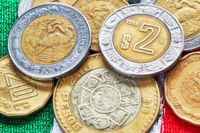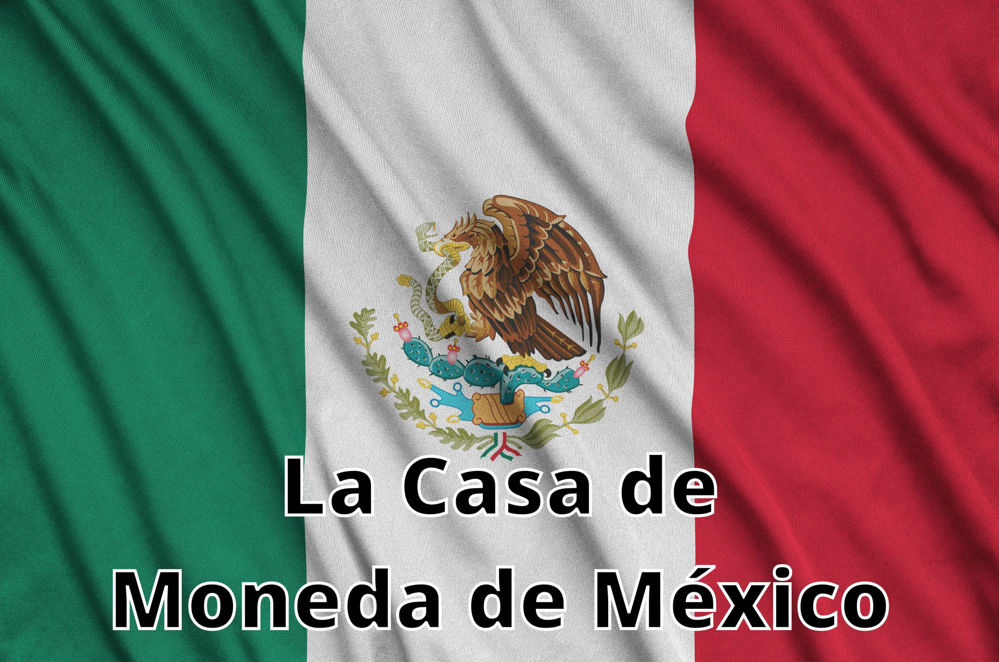Posted on July 23, 2021


La Casa de Moneda de México (literally, The House of Money of Mexico), also known as the Mexican Mint, is one of the oldest operational mints in the world. Founded in 1535 by the Spanish monarchy who ruled modern-day Mexico at the time, the mint has been running ever since. The Mexican Mint became an important early influence on other national mints from China to the United States.
Antonio de Mendoza, the first-ever Viceroy of “New Spain” or newly conquered Spanish territory, founded the mint during his first year in office. With the huge influx of conquistadors flocking to the Americas during this time in search of silver and gold, it is no wonder why the mint became so well established.
The Mexican Mint first minted silver eight-real coins or “pieces of eight,” the Spanish dollars popularly referenced in the classic pirate novel Treasure Island. The U.S. dollar, Chinese yuan, Canadian dollar, Filipino peso, Japanese yen, and several other currencies were actually based on the coins first struck by La Casa de Moneda de México!
The Mexican Peso was used as a customs unit of account in China until 1930, for example, and U.S. Congressional documents from 1785 show how Congress considered the weight and purity of Mexican coinage when making policy for the first American dollar.
Mexico fought for independence from Spain many times, finally succeeding in 1821. By this point, the mint had opened up many workshops around the country, as distributing coins from a central location during the civil unrest was impossible between 1810 and 1821. One of these workshops was the facility at San Luis Potosí where the mint is officially headquartered today.
Along with the silver eight-real coin, the mint famously produced the 50 peso gold coin or Centenarío in 1921 to commemorate Mexico’s first century of freedom from Spain.
Struck with an alloy of 90% gold and 10% copper, the beautiful Centenarío coin portrays the Angel of Independence on the obverse side. The Angel’s wings are spread wide and she holds a laurel wreath symbolizing victory over her head, with a broken chain signifying freedom in her left hand. These coins were struck until 1947. Due to their early origin, all mintages were struck in 1.2 troy ounces of gold rather than the more standard 1 oz measurement used in bullion production today.
The 20 peso Azteca coin, first minted in 1917, points to Mexico’s rich indigenous history with a mesmerizing raised inscription of the Aztec calendar on the reverse side and the profile of an eagle on the obverse. The calendar stone itself was said to be carved in the late 1400s, and its inclusion on the 20 peso Azteca is an interesting reminder of the many cultures and empires once found throughout the Americas. This coin is made of 90% gold and 10% copper with a weight of 0.48227 troy ounces. The last mintage was created in 1959 with 78,000 coins produced.
 Today, the mint strikes Mexican Libertad bullion coins in both gold and silver. These coins have a purer metal content, compared to earlier coins, standing at 0.999 fine gold or silver respectively. Like the Krugerrand, the Libertad is devoid of face value, but still accepted as currency in Mexico and guaranteed by the central bank with a fluctuating value quoted daily.
Today, the mint strikes Mexican Libertad bullion coins in both gold and silver. These coins have a purer metal content, compared to earlier coins, standing at 0.999 fine gold or silver respectively. Like the Krugerrand, the Libertad is devoid of face value, but still accepted as currency in Mexico and guaranteed by the central bank with a fluctuating value quoted daily.
These coins, first minted in the 1980s, show the Mexican coat of arms on the obverse side and the Angel of Independence on the reverse, with twin volcanic peaks on each side. Libertad coins come in a variety of sizes. The gold Libertad is struck in 1/20 oz, 1/10 oz, 1/4 oz, 1/2 oz, and 1 oz sizes. The silver Libertad is struck in 1/20 oz, 1/10 oz, 1/4 oz, 1/2 oz, 1 oz, 2 oz, 5 oz, and 32.15 oz sizes.
With an improved metal purity, these coins appeal to both investors and die-hard numismatists alike. The Libertad is the most iconic coin from La Casa de Moneda, an institution with almost five centuries of fascinating history behind it. For those who like to show off their collection of coins, the stunning design bearing the Mexican coat of arms is always an excellent talking point.